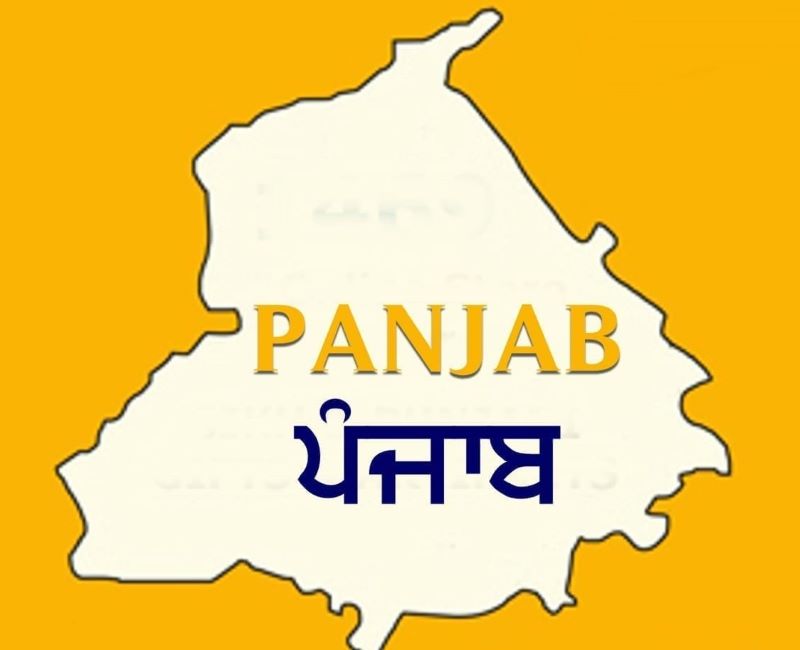
For nearly three years, the Aam Aadmi Party (AAP) government in Punjab seemed to be in a long, comfortable slumber — a slumber wrapped in slogans, promises, and endless advertisements. Roads remained broken, industries stayed stagnant, farmers kept protesting, and government employees still waited for regular salaries. The much-publicised “change” that was promised in 2022 turned out to be more of a nameplate than a reality.
But suddenly — as the 2027 elections start to peek over the horizon — the same government has woken up in a rush, launching a flurry of projects across the state. From roads to hospitals, from school buildings to water schemes, everything is being laid down in haste. It’s as if Punjab’s development has turned into an emergency exercise — “Build before ballots!”
The twist, however, lies beneath the concrete — every new project is built on borrowed money. The state’s debt, which was already drowning Punjab’s economy, has now ballooned further. As per recent figures, Punjab’s total debt is on track to cross ₹4 lakh crore — a staggering burden for a state that once fed the nation.
So the real question arises: who will repay this mountain of debt? The leaders who sign the loan papers today will not be the ones repaying them tomorrow. The cost will fall squarely on the shoulders of Punjab’s people — through higher taxes, reduced social spending, and a shrinking economy. Every rupee borrowed today for political showmanship will become a rupee stolen from future generations.
The AAP government now talks loudly of “development” — but development at what cost? After doing little for most of its tenure, it has suddenly discovered a passion for public works, not out of love for the people, but fear of the upcoming elections. The timing makes it clear — these projects are not acts of governance, but acts of campaign strategy.
In the name of “Rangla Punjab,” the treasury is being drained, and the slogan of “badlav” (change) has turned into “badlaav” (debt). What began as a promise of honesty has become a race to secure votes with borrowed money.
Punjab deserves real development — steady, sincere, and sustainable — not last-minute political fireworks funded by loans. Because when the current government packs up after 2027, the bills will still be here. And it won’t be the politicians repaying them — it will be the people of Punjab, one tax at a time.
In the end, the question remains:
Will Punjab ever get a government that spends for progress — not just for publicity?